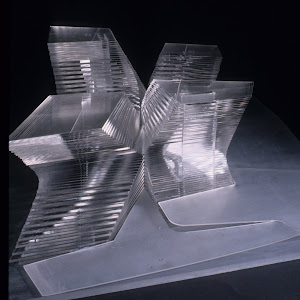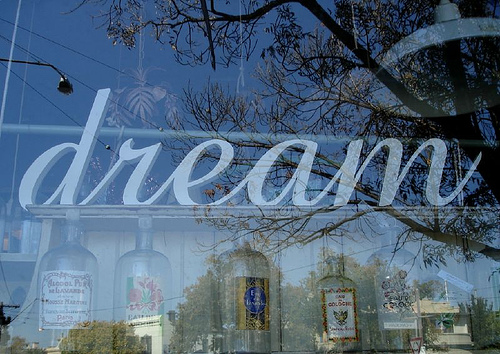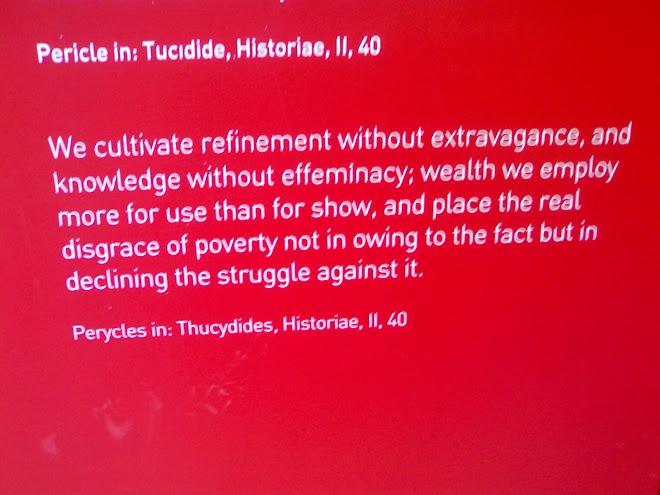Monday, March 16, 2009
On the unfinished...
In examining the architectural endeavours of Antonio Gaudi I soon came to realize that the intent is never to offer a complete building (or project) but to actually put in motion a process of constructing, a process of making that never comes to its end- because it cannot come to its end.
Gaudi’s work is fundamentally –for lack of a better word fractal- like an organism in the process of constant regeneration, of constant folding and unfolding the pleats of space and imagination in ways that are at the same time provocative, creative, esoteric, mystical.
Gaudi doesn’t need to justify himself or his obsession to his contemporaries. As a matter of fact his contemporaries often ridiculed his designs (?) – if one can actually use this term to describe this particular process of engaging the material. He feels or actually he knows-albeit instinctively- that in the long term -the view of things- the cosmos functions in a different way.
At a time when his superstar contemporaries, like Le Corbusier, A. Loos, Wagner, W. Gropius, Mies V.d.Rohe and other Architectural Immortal Giants- were actively promoting the modern as the stance against the traditional, the cliché, as the ever new beginning, he sought to explode both contemporary and traditional ideas together by sabotaging them from the inside. The Sagrada Familia- a project that lays the diagram of the Spanish catholic church in to full view- to the content of the Client, but also in a clearly sarcastic way to the eyes of the future reader, he postponed the problem of recognition and gains ultimate justification, because his recognition comes almost a century later than his death. Seeking to be the “one unknown”, the one who seeks not to see himself raised on the altar of fame. He becomes quietly present.
It would be both appropriate and inappropriate in my view to finish such a project. Appropriate because future generations would have the chance to continue and evolve the work. (in that sense the project should not be finished as originally intended. It should rather take on the ideas of the following generations and fuse them in to an eternally evolving project: similar to the act of procreation and death. He is in my view the “architect par excellence” exactly because of this reason. In not seeking to promote one but by allowing others to complete what he has started he becomes the architect or the initiator or the father of the idea of a project in constant evolution.
It would also be inappropriate on the other hand –that is for the future generations- to complete the Sagrada familia, exactly because there would be the danger of never achieving the mastery of the master thus running the risk of having a completed but contrived project.
The question then becomes, is a project to be finished? In the Epicurean sense, nothing is ever finished or complete. That certainly holds true for the institutions that buildings come to provide shelter and symbolism for. Whether that may be a single family house, a government institution, a religious building or even an event space, a space of public assembly or a civic project, the object can never be complete. That is not only the essence of the project, it is the project.
Subscribe to:
Comments (Atom)
About Me

- XTOS
- XTOS has been a Senior Designer at Zaha Hadid Architects since February 1998. He was Project Architect for numerous projects and winning competitions, including most notably the Sterling Prize nominee, the Phaeno Science Center Wolfsburg, completed in November 2005. Education Christos studied and gained his professional degree at the School of Architecture of Pratt Institute, Brooklyn, NY in 1995, as a Fulbright Scholar. Subsequently, he continued with his postgraduate studies in the field of Advanced Architectural Design at the Architectural Association, London, where he received his Graduate Design Diploma in 1998. Work XTOS led the design in various competition entries for the Practice, including: Holloway Road Pedestrian Bridge (1999) –1st prize- Phaeno Science Center Wolfsburg (2000-2006). He has also lead the competition designs for Connecticut Science and Exploration Center in Hartford, CT (2004), S.C. Johnson Wax Project Honor (2005) a prestigious extension to F.L. Wright’s campus, Eleftheria Square redesign, Nicosia, Cyprus-1st prize (2005) and Miami Science museum- 2nd prize (2006).













